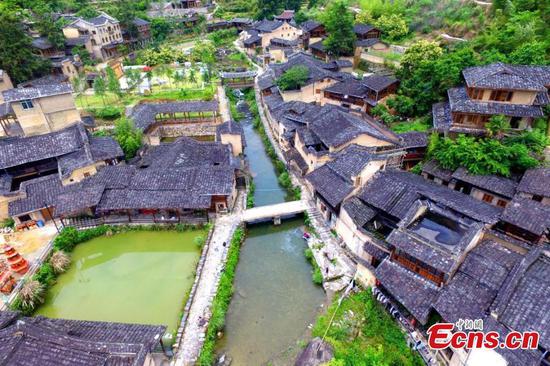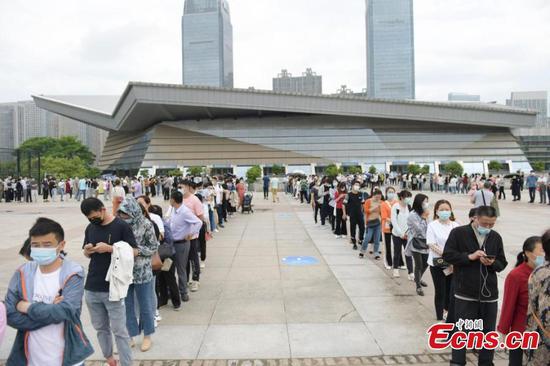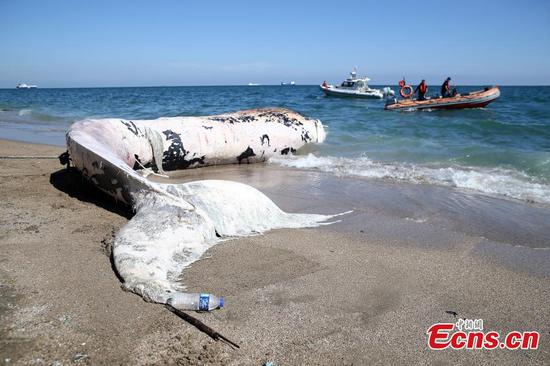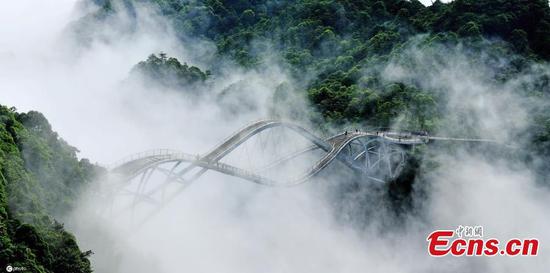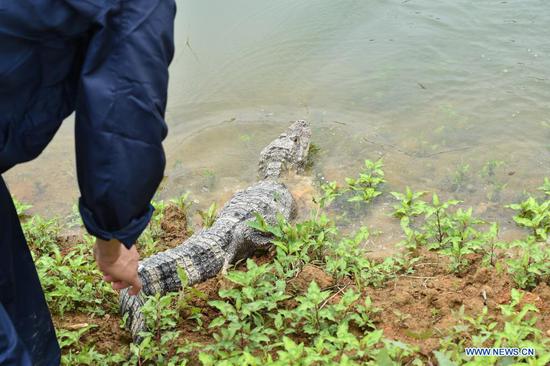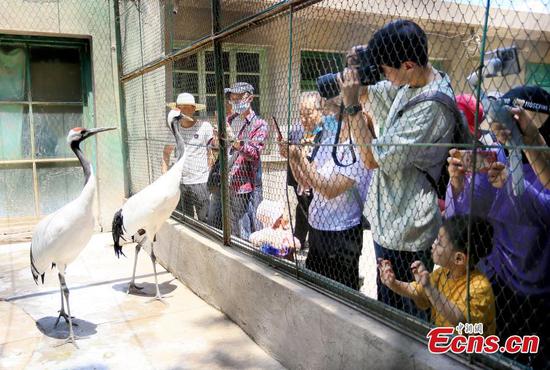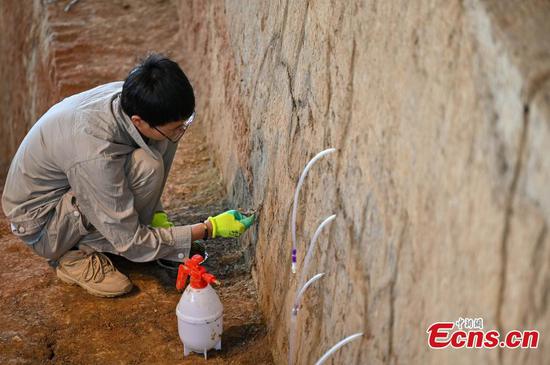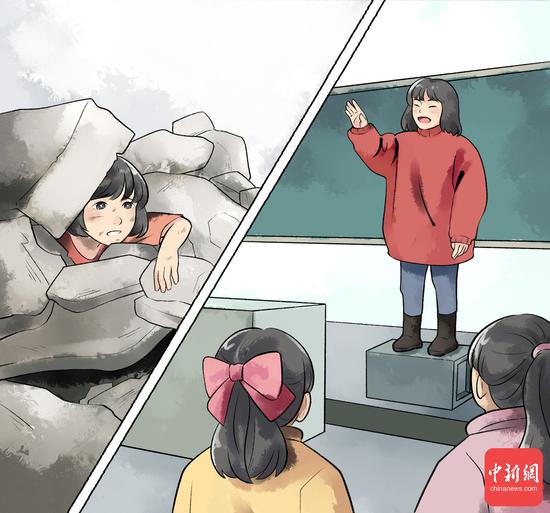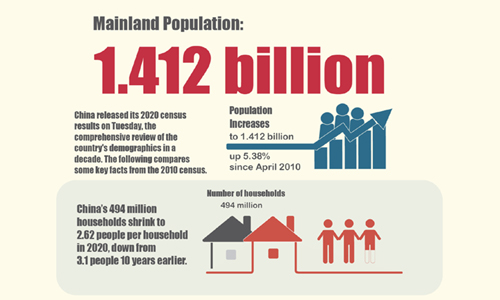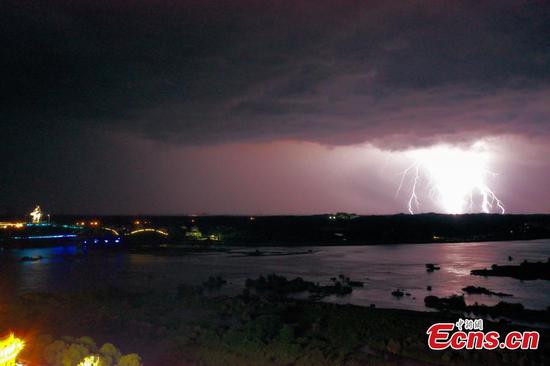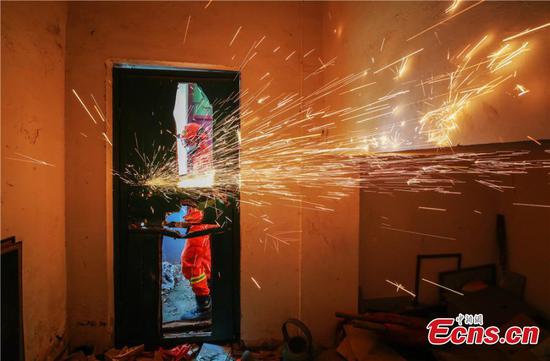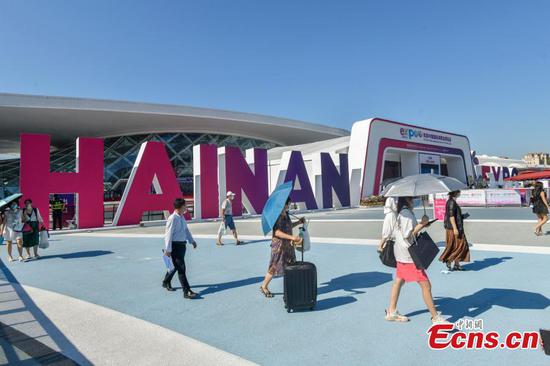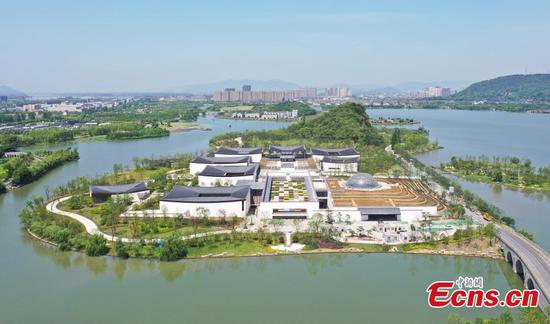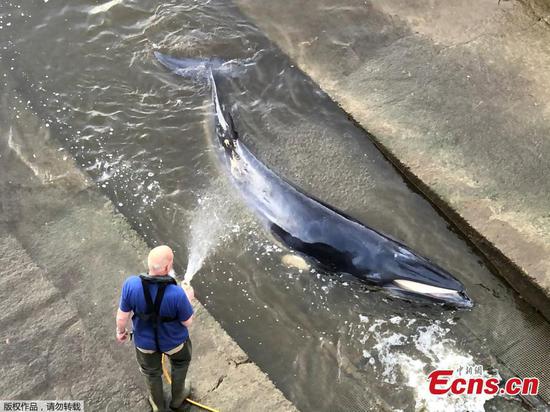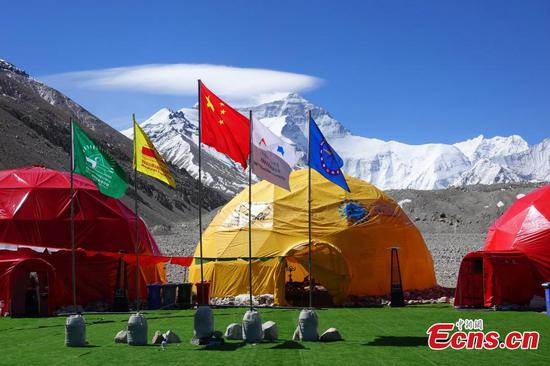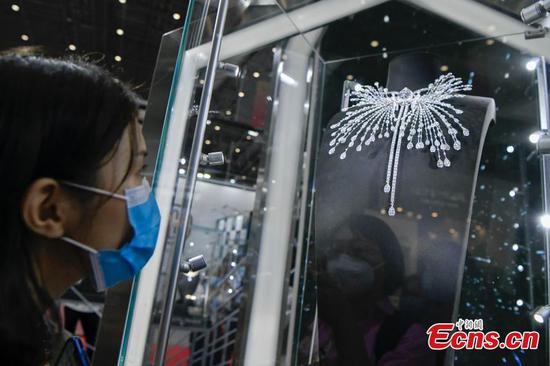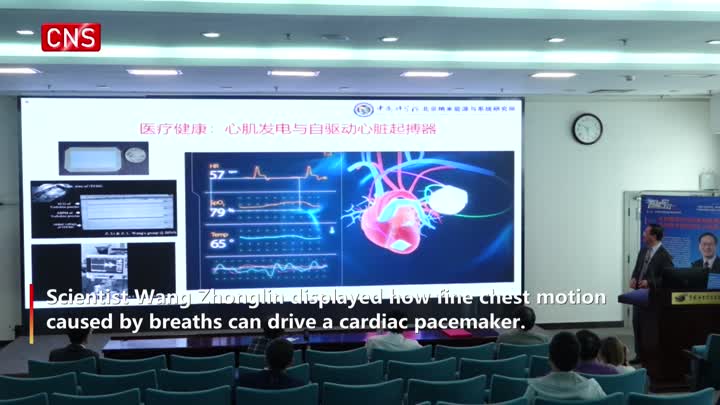
Alternatives include adopting short-process electric furnace steelmaking, increasing utilization of recycled or new raw materials and clean energy resources such as scrap steel and hydrogen, and reducing carbon emissions during transportation.
Shao Zikai, an analyst at consultancy firm Shanghai Ganglian E-commerce Holding Co, said in a note that the steel industry should strictly curb crude steel output to control carbon emissions and thus achieve carbon emissions peak by 2030.
To realize the carbon neutrality goal, measures like carbon capture, utilization and storage, using electricity in production, raw material structure optimization, and energy efficiency improvement are also very important, he said.
"The carbon emissions per ton of steel produced by blast furnace are about 2 metric tons, and that of electric arc furnace is about 0.8 ton," he said.
"Vigorously promoting electric furnace steelmaking can help achieve the carbon neutrality goal."
According to Wang Guoqing, director of the Lange Steel Information Center, the production process contributes the largest share of carbon emissions in the steel industry. Based on current technological prospects, short-process electric furnace steelmaking has been widely promoted by both central and local authorities.
At the same time, steel mills capable of big-ticket investments have started tapping the potential of hydrogen metallurgy, an emerging technology that applies hydrogen instead of carbon as a reducing agent to reduce carbon dioxide emissions, she said.
One example is Beijing Jianlong Heavy Industry Group Co Ltd, or Jianlong Group, one of China's largest private steel enterprises.
Just prior to the establishment of the committee, on April 13, China's first hydrogen-based high-purity pig iron production line, which uses hydrogen as an energy vector and a reducing agent to reduce pig iron from iron ore, went into trial operations in the Inner Mongolia autonomous region, after 16 months of construction and with a total investment of about 1.09 billion yuan ($170 million).
Installed at Inner Mongolia Sesp Technology Co Ltd, a subsidiary of Jianlong Group, the plant is designed to have annual production capacity of 300,000 tons of pig iron from hydrogen-based smelting and reduction.
Smelting and reduction is a new steelmaking technology, an alternative to the blast furnace method, that overcomes certain fundamental problems in the latter, like dependence on large-scale operation and reliance on coking coal.
On the first day of trial operations, the plant produced 156 tons of pig iron. It is designed to use 10,000 tons of hydrogen for iron ore reduction annually, reducing carbon dioxide emissions by 112,000 tons per year.
Zhang Zhixiang, chairman of privately held Jianlong Group, said the plant is the world's first industrial-scale application of hydrogen metallurgy.
"Our ultimate goal is to replace carbon completely with hydrogen in steelmaking as a reduction agent."
Compared with the traditional blast furnace method that uses coke as fuel and agent to reduce iron ore, the hydrogen-based production process can lower the emissions of sulfur dioxide and nitrogen oxide by 38 percent, cut the emissions of dust by 89 percent, and discharge no dioxins and phenol cyanide wastewater.
Moreover, pig iron plant products are of greater purity, and exceed standard requirements for ultrahigh purity pig iron established by the Ministry of Industry and Information Technology.
"We plan to apply the production line in our other subsidiaries, and then promote the technology nationwide to gradually replace blast furnace with the working volume of under 1,000 cubic meters," Zhang said.









